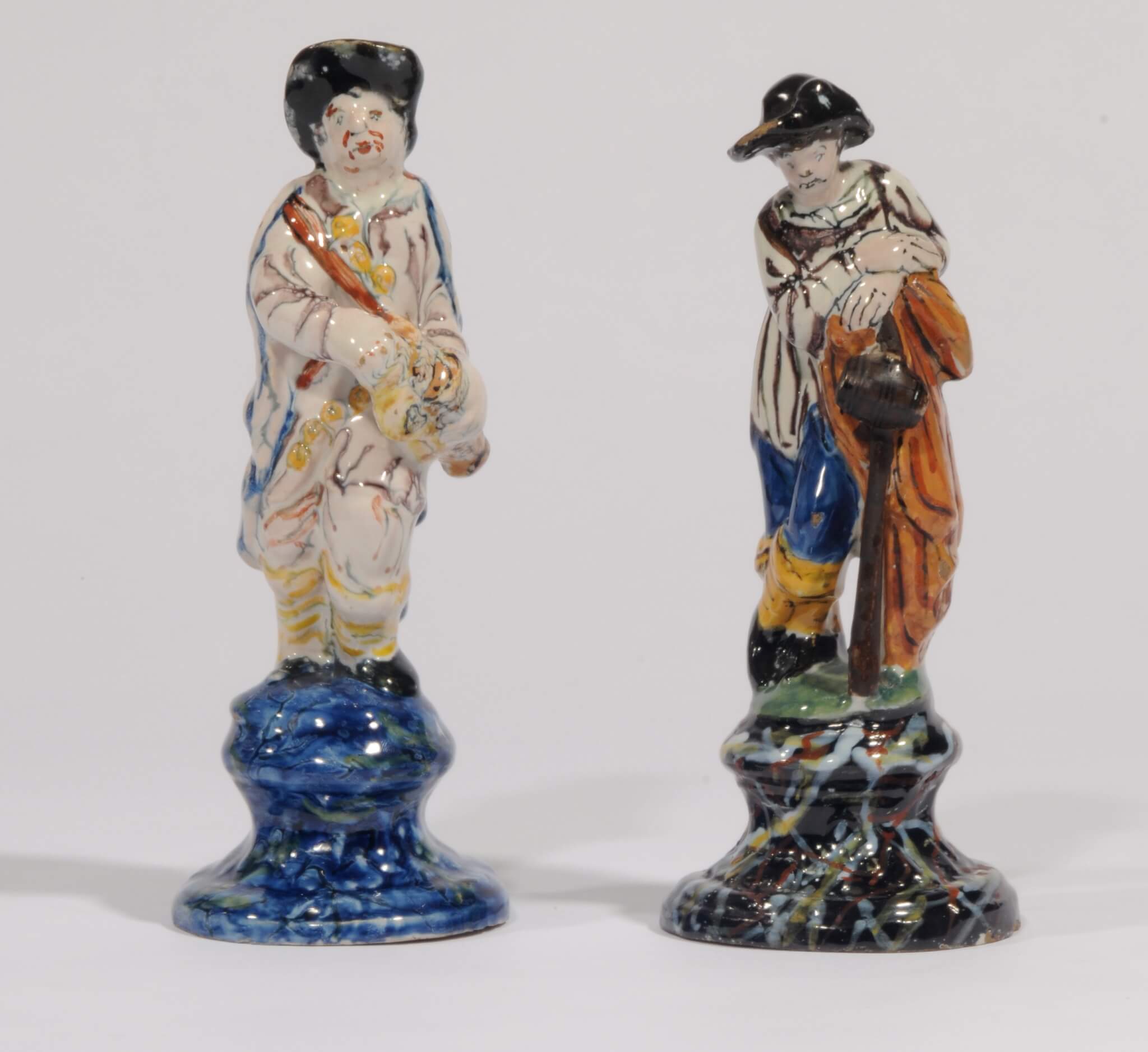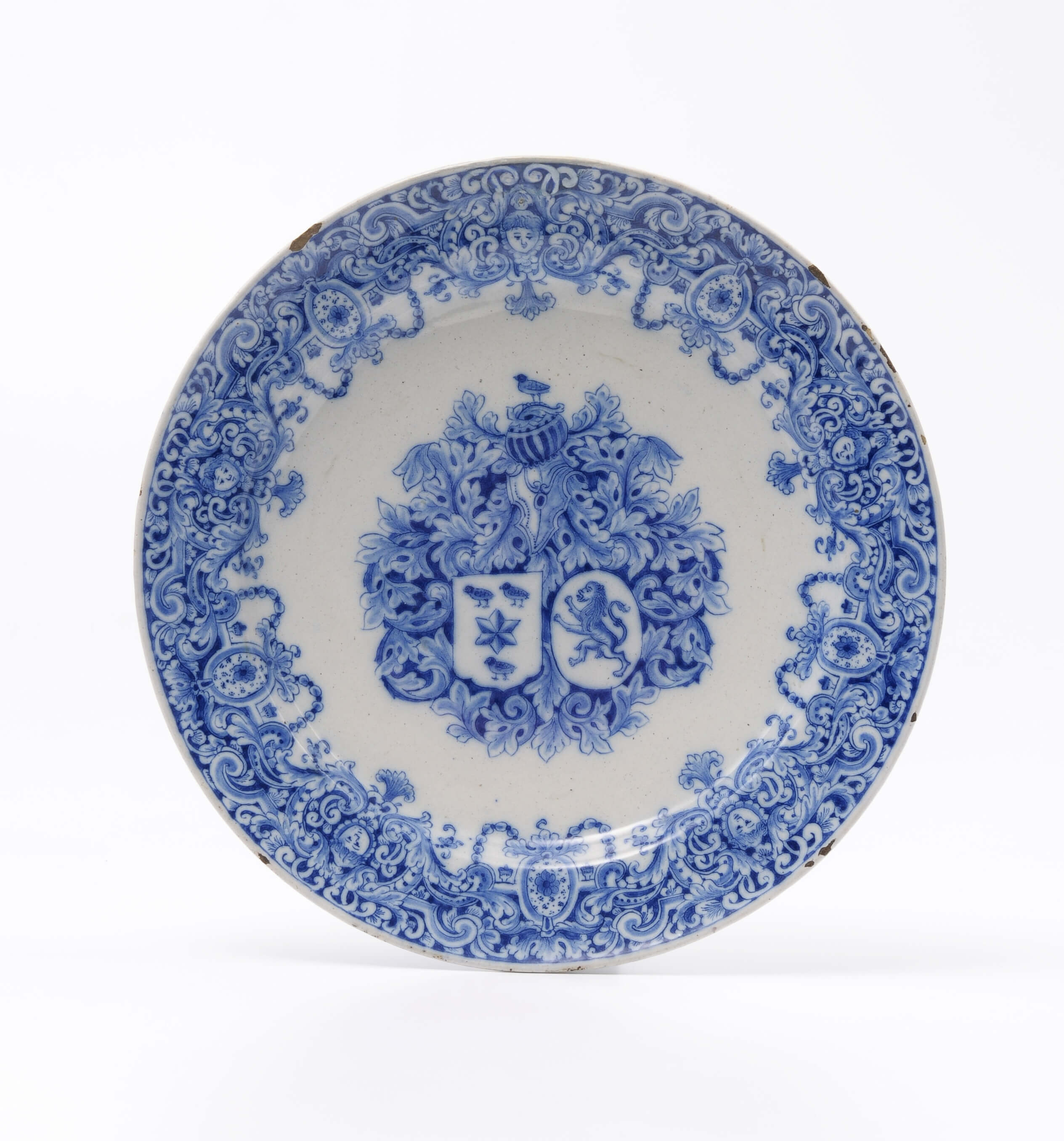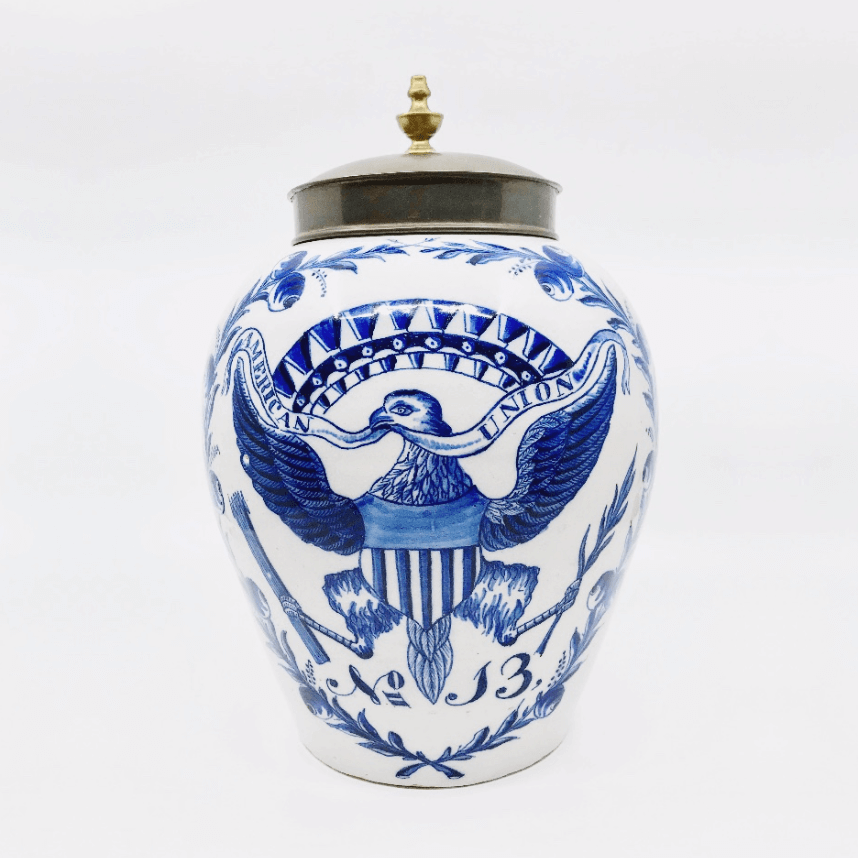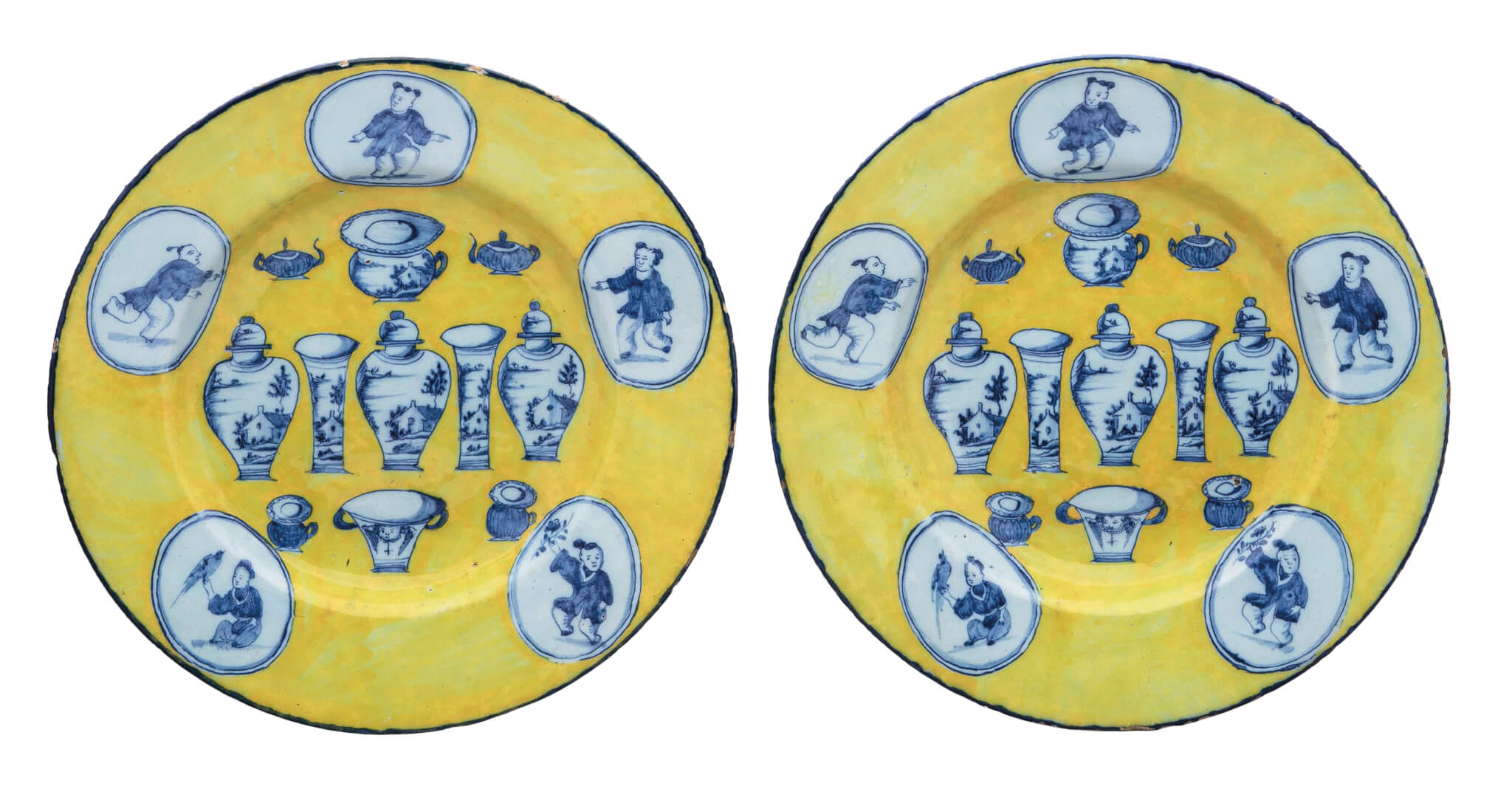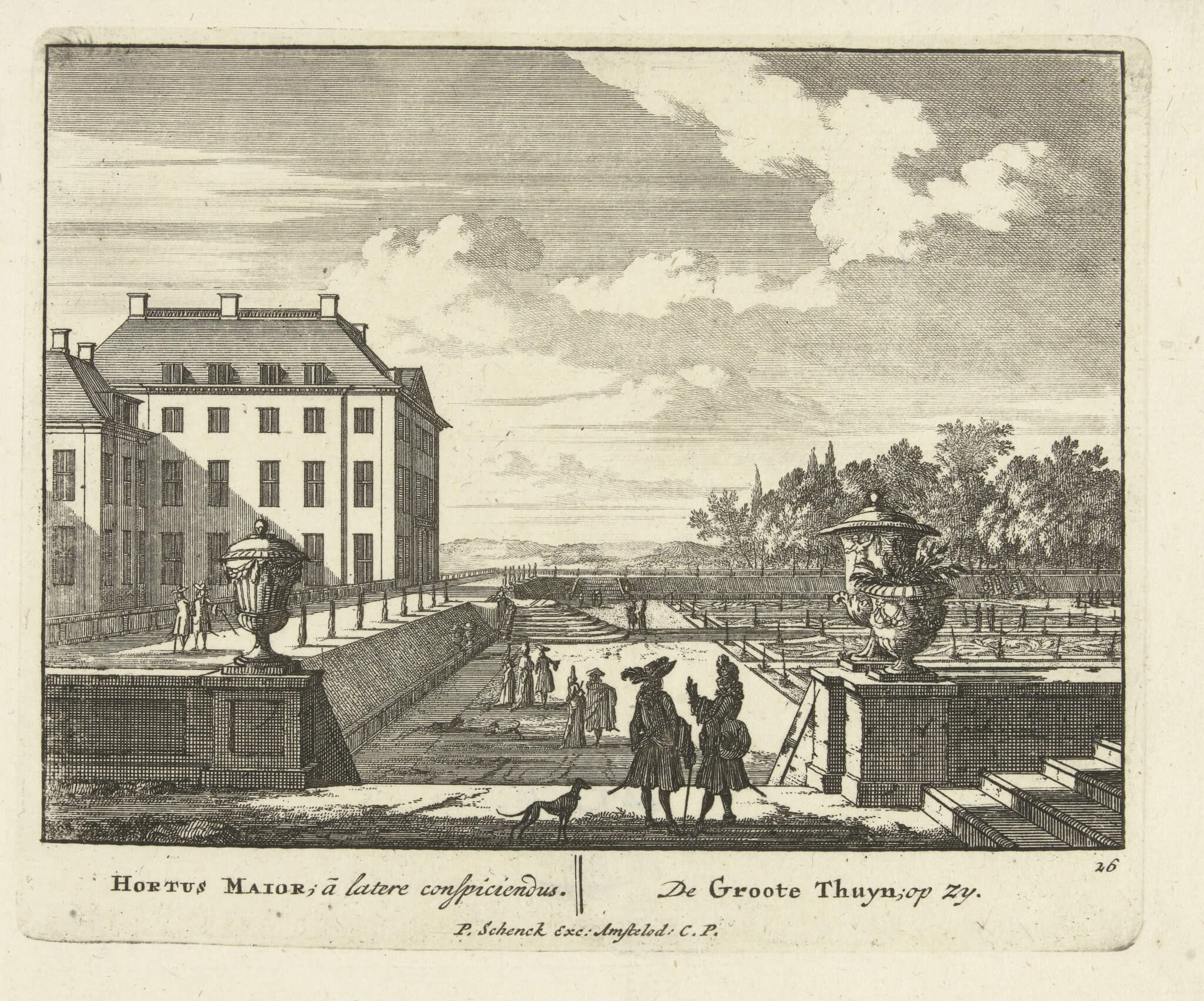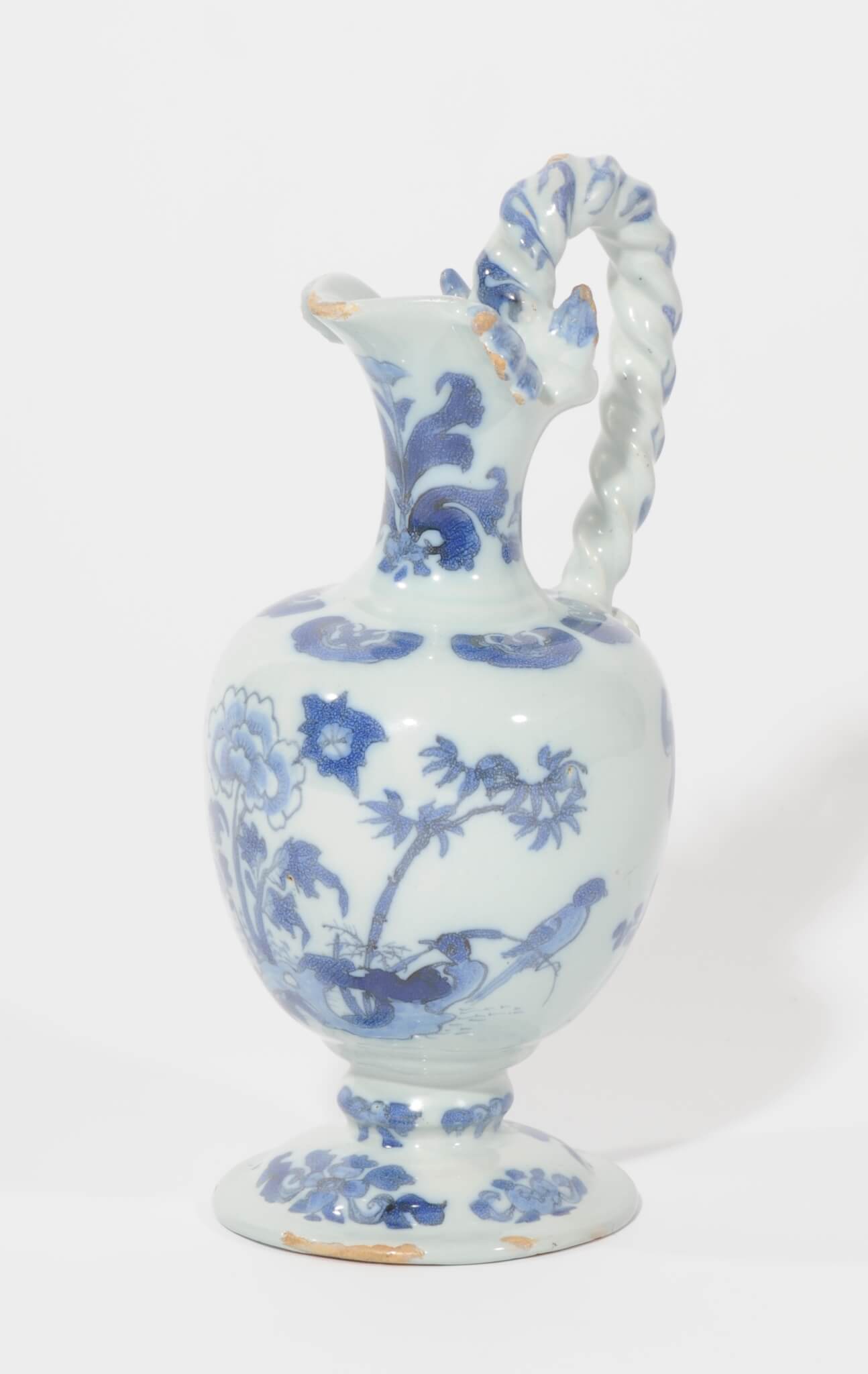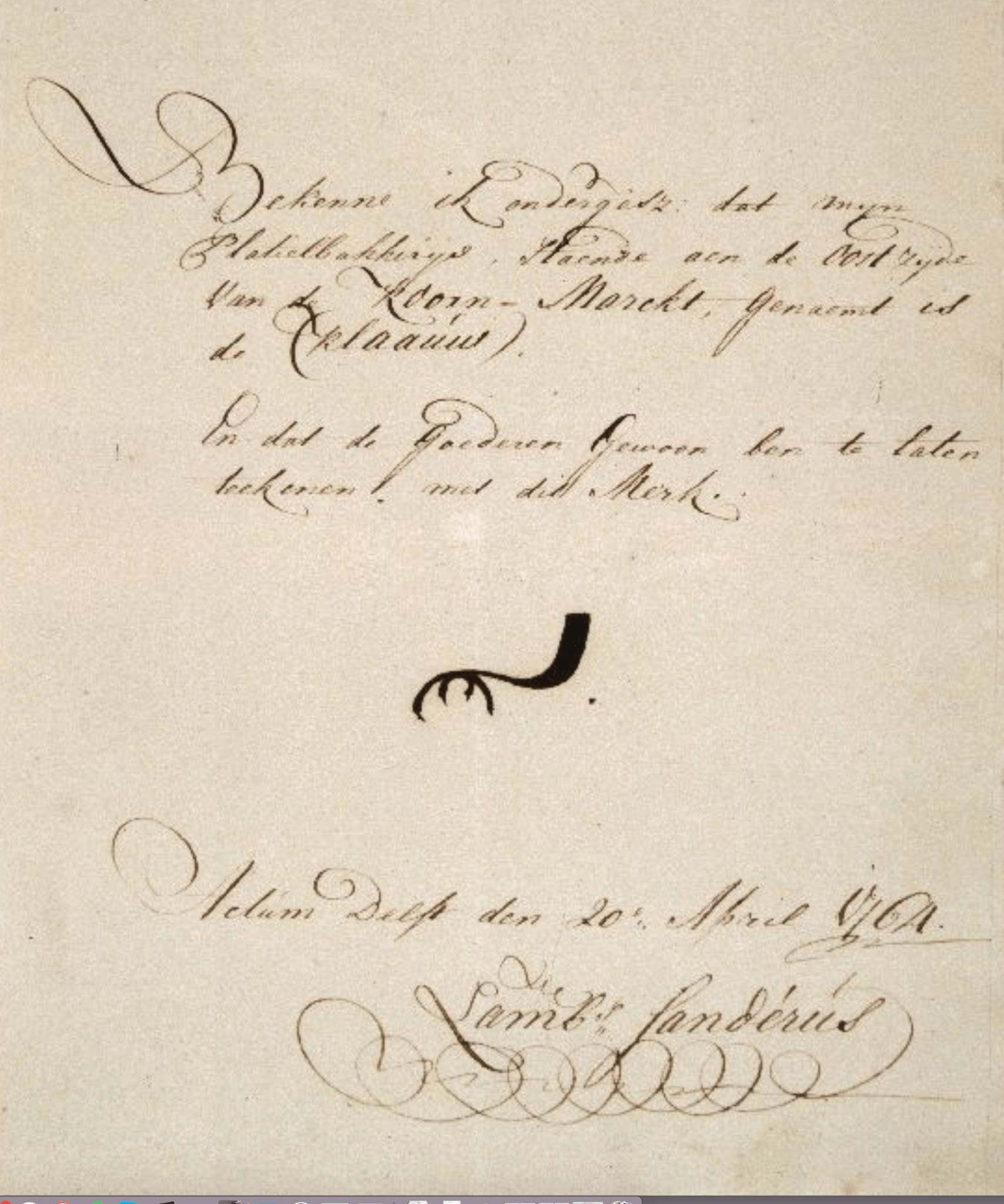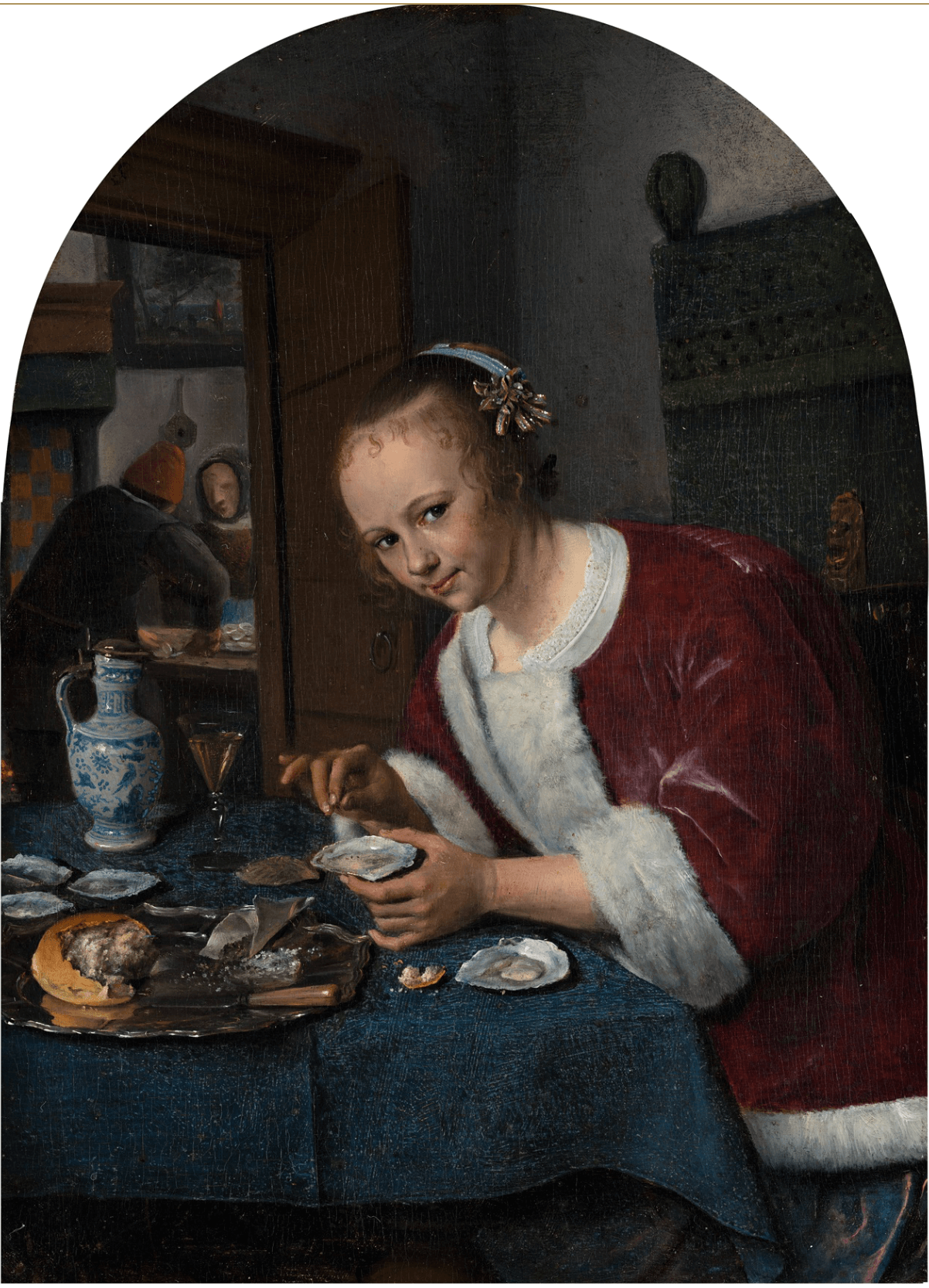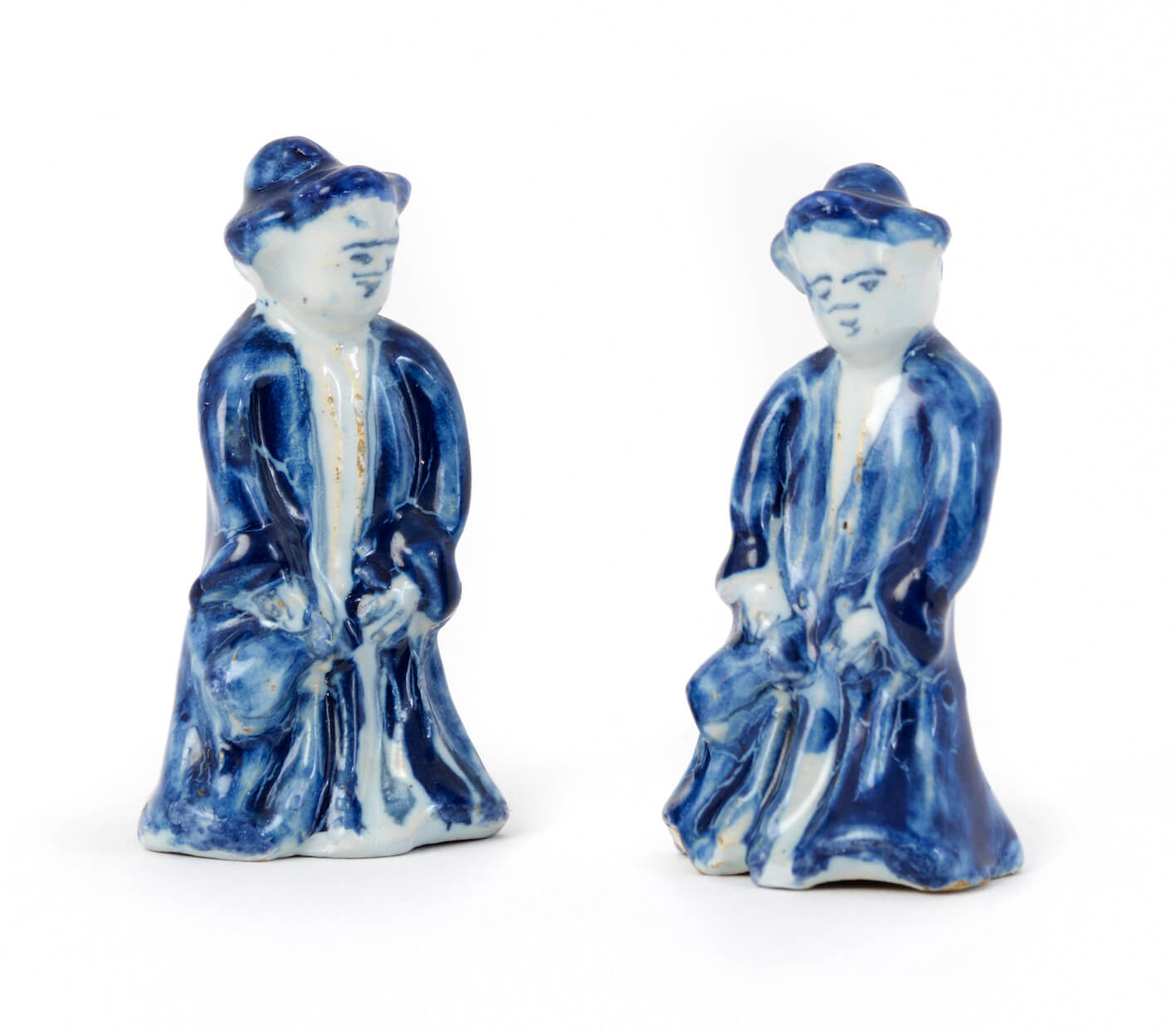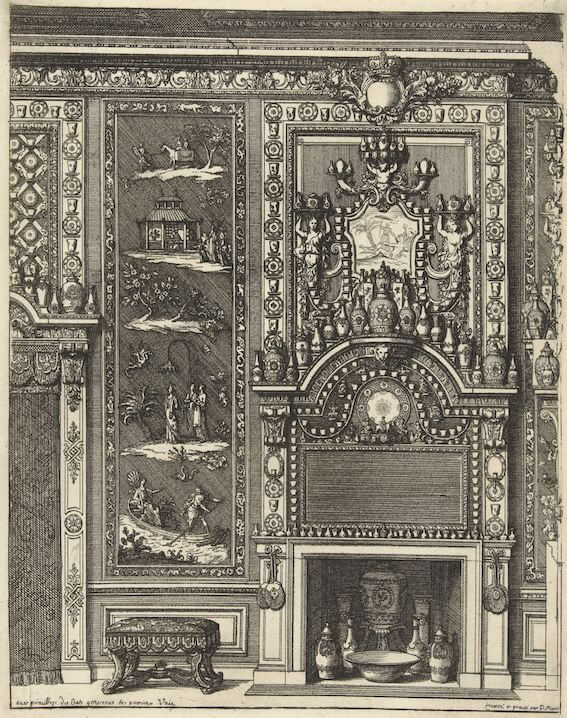The Influence of Giambologna
The study of Delftware will bring you far beyond the Dutch borders, as the objects make multiple references to other cultures. The exchange of knowledge and motifs between the ceramic centres are well-known and documented. However, little is known about the influence that European sculptors had on Dutch Delftware. In the eighteenth century, Delft potters…

